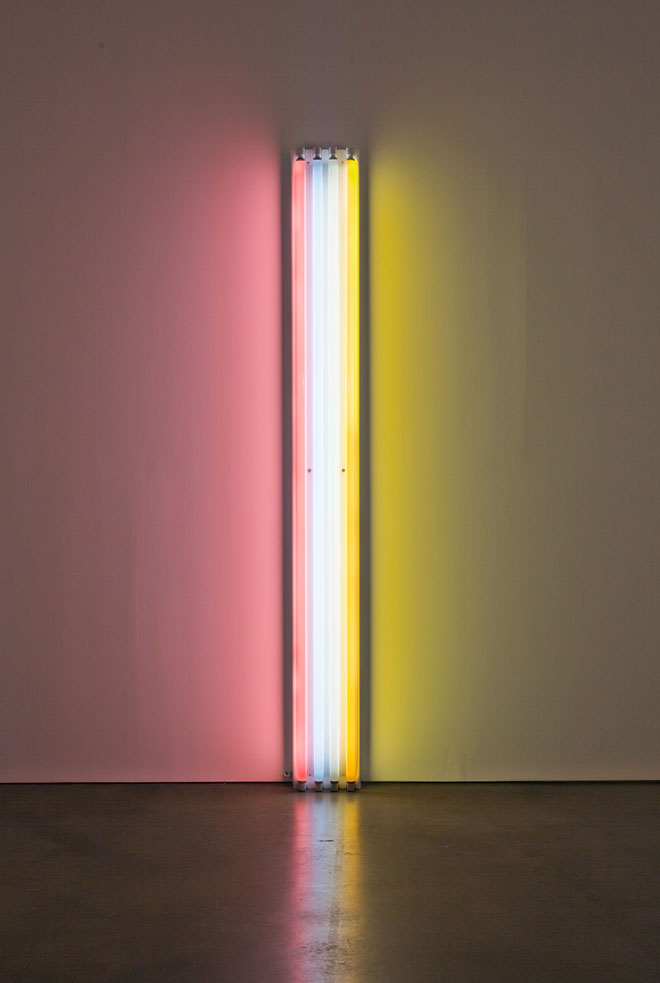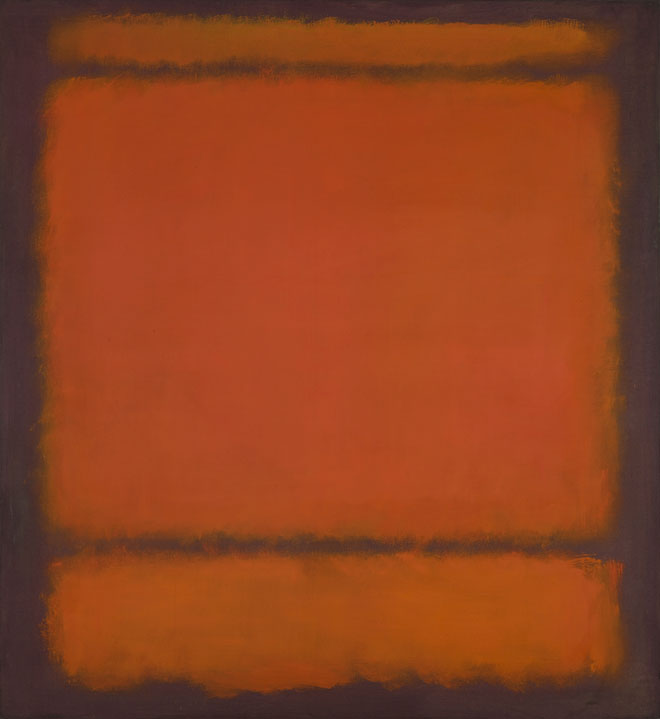Tuesday, November 20, 2012
See the Light: The Luminist Tradition in American Art
From the luminous paintings of Martin Johnson Heade in the nineteenth century to
Dan Flavin's minimalist sculpture featuring fluorescent tubes in the twentieth,
light has served as inspiration for American artists for more than 100 years. A new exhibition that opened Oct. 13 at Crystal Bridges Museum of American Art traces the fascinating evolution of light and art through the work of eleven American artists. See the Light: The Luminist Tradition in American Art features selected works from Crystal Bridges' permanent collection combined with objects on loan from other institutions.
Lots of great images here!
The exhibition also premiered a major new acquisition to Crystal Bridges' permanent collection. See the Light will be on view through Jan. 28, 2013.
Martin Johnson Heade, “Cherokee Roses in a Glass Vase,” Courtesy Questroyal Fine Art, LLC, New York
In the mid-nineteenth century, a group of American painters began to focus their attention on the rendering of light as a metaphor for the spiritual. These artists, including Martin Johnson Heade, focused on the sublime, awe-inspiring qualities of light, creating landscapes that seem lit from within with a spiritual glow. This quality of light later earned the artists the term "Luminists" among some academic circles.
The works selected for See the Light showcase how the Luminists' concept of light as a metaphor for transcendent experience has continued to influence American artists through a century of changing styles and media. Works in the exhibition range from the Impressionist paintings of John Singer Sargent in 1887 to works created within the last 20 years by artists such as James Turrell and Jim Campbell, using state-of-the-art electronic technologies.
"These artists had the same goals of light as symbolic of the inner world, creating a transcendent, quasi-mystical sense of reality," explains David Houston, director of curatorial at Crystal Bridges Museum of American Art. "It stems from the Luminists—there's a transcendental continuum."
There is no fee to view See the Light and no advance tickets are required.
New Acquisition
One of the highlights of See the Light will be the unveiling of a breathtaking new acquisition to Crystal Bridges' permanent collection. The painting,
No. 210/No. 211 (Orange) by Abstract Expressionist Mark Rothko, has been in a private collection since the 1960s and has previously been exhibited publicly only twice.
No. 210/No. 211 (Orange), painted in 1960, is a work from Rothko's most sought-after period, featuring large rectangles of rich color. Rothko was one of the most important and influential painters of the Abstract Expressionist movement — a time when American artists made their first major impact on the international art world. At the height of his career, Rothko eliminated all representation in his paintings and became wholly concerned with creating color abstractions aimed at eliciting an emotional response in his viewers.
"This is a masterful painting," said Crystal Bridges Executive Director Don Bacigalupi. "The palette of colors is remarkably vibrant and intense. The work absolutely radiates and draws you into it. It's a superb example of Rothko's mature period and we are very excited to add it to Crystal Bridges collection."
At the close of the exhibition, No. 210/No. 211 (Orange) will be relocated to one of the galleries housing Crystal Bridges' permanent collection.
About Crystal Bridges Museum of American Art
The mission of Crystal Bridges Museum of American Art is to welcome all to celebrate the American spirit in a setting that unites the power of art with the beauty of landscape. We explore the unfolding story of America by actively collecting, exhibiting, interpreting, and preserving outstanding works that illuminate our heritage and artistic possibilities.
Opened to the public on 11-11-11, Crystal Bridges was founded in 2005 by philanthropist Alice Walton, who chairs the Museum's board of directors. The Museum takes its name from a nearby natural spring and the bridge construction incorporated in the building design by world-renowned architect Moshe Safdie. A series of pavilions nestled around two spring-fed ponds house galleries, meeting and classroom spaces, and a large, glass-enclosed gathering hall. Guest amenities include a restaurant on a glass-enclosed bridge overlooking the ponds and a Museum Store designed by architect Marlon Blackwell. Sculpture and walking trails link the Museum's 120-acre park to downtown Bentonville, Arkansas.
Crystal Bridges' permanent collection spans five centuries of American masterworks ranging from the Colonial era to the current day. Included within the collection are iconic images such as Asher B. Durand's Kindred Spirits, Rosie the Riveter by Norman Rockwell, and Andy Warhol's Dolly Parton, each reflecting a distinct moment in American artistic evolution. In addition to historical works, the Museum's collection also showcases major works by modern and contemporary American artists, including Roy Lichtenstein, James Turrell, and Georgia O'Keeffe, providing visitors with a unique opportunity to experience the full scope of American art.
Crystal Bridges will continue to grow its collection through the efforts of its professional staff as well as through important gifts from private collectors. The permanent collection, which is on view year-round, is further enhanced by an array of ongoing temporary exhibitions.


